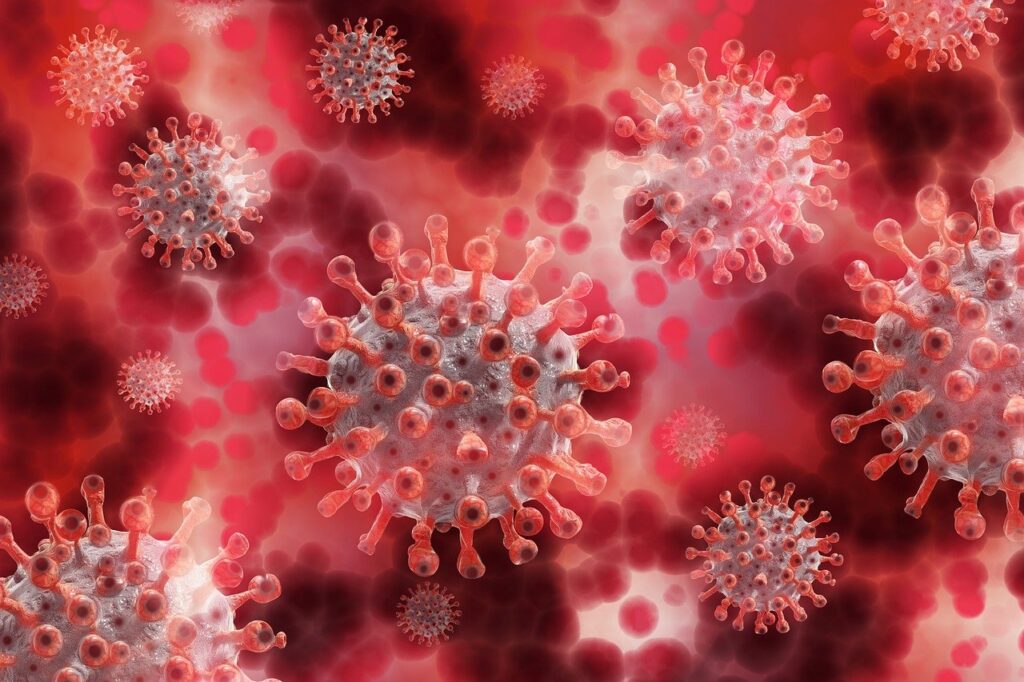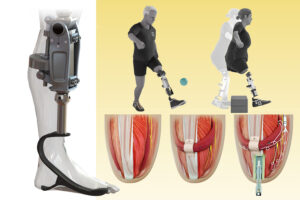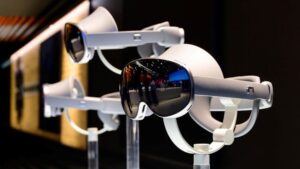Satellites, Maps, and Microbes: How Thomas Van Boeckel is Redrawing Global Health with Spatial Epidemiology

When Thomas Van Boeckel describes his work in spatial epidemiology, it often prompts confusion — some imagine it involves monitoring illnesses in astronauts. In reality, his research is rooted firmly on Earth, studying how diseases are distributed geographically among humans and animals.
This approach, also known as health geography, forms a crucial pillar of the One Health movement — a collaborative effort between medicine, veterinary science, and environmental disciplines to understand how these domains are interconnected. With zoonotic diseases like bird flu continuing to cross from animals to humans, this research has never been more relevant.
In August 2024, Van Boeckel was appointed the first chair of the University of Zurich’s newly established One Health Institute. His field, it turns out, does have something to do with space — satellites have become an indispensable tool for collecting cross-border epidemiological data such as air quality, deforestation, and livestock density.
“Satellite technology is a revolution in our area of study,” he says. With these insights, researchers can better understand disease patterns, estimate livestock populations, and track changes in environmental conditions that influence outbreaks.
Van Boeckel’s work doesn’t stop at remote sensing. He is also leading a global effort to map veterinary service availability — an overlooked factor in the fight against antibiotic resistance. Regions lacking professional veterinary care often see higher misuse of antibiotics in livestock, contributing to rising resistance. In a study for the FAO, he projected that without intervention, antibiotic use in animals could surge nearly 30% by 2040.
In humans, the trend is worse: global use may rise over 52% by 2030. “We are working on the assumption that about a third is unnecessary,” says Van Boeckel. His mission is clear: prevent disease before it spreads, and reduce the need for antibiotics in the first place.






